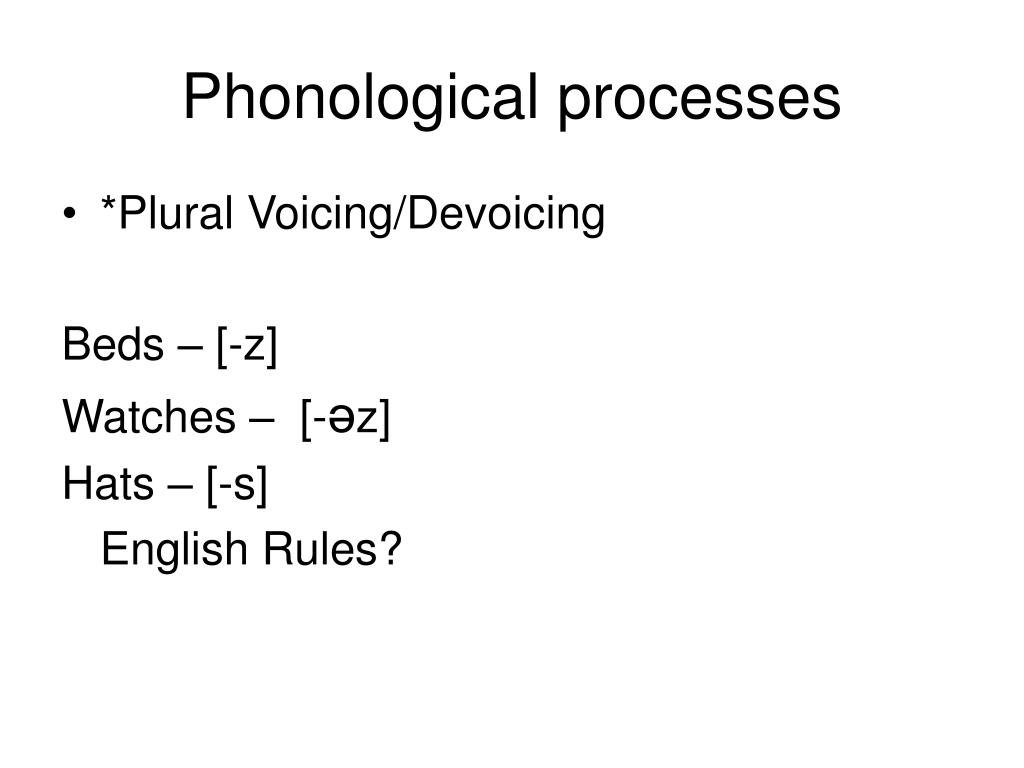
Operationally, skills that represent children’s phonological awareness lie on a continuum of complexity (see Figure 1). A continuum of complexity of phonological awareness activities Being phonologically aware means having a general understanding at all of these levels.įigure 1. Manipulating sounds includes deleting, adding, or substituting syllables or sounds (e.g., say can say it without the /k/ say can with /m/ instead of /k/). g., in the word broom, /br/ and /oom/), and individual phonemes (e.g., in the word hamper, /h/, /a/, /m/, /p/, /er/). g., in the word simple, /sim/ and /ple/), onset and rime (e. Spoken language can be broken down in many different ways, including sentences into words and words into syllables (e. Phonological awareness is the understanding of different ways that oral language can be divided into smaller components and manipulated. What principles should guide the assessment of phonological awareness?.What are documented effective principles that should guide phonological awareness instruction?.What is phonological awareness, and why is it important to beginning reading success?.The purposes of this article are to (a) clarify some of the salient findings from research on phonological awareness and reading and (b) translate those findings into practical information for teachers of children with learning disabilities or children who are experiencing delays in early reading. Still others are uncertain about the relationship between phonological awareness and early reading. Moreover, many people do not understand the difference between phonological awareness, phonemic awareness, and phonics. For example, researchers are looking for ways to determine how much and what type of instruction is necessary and for whom. Despite the promising findings, however, many questions remain unanswered, and many misconceptions about phonological awareness persist. Perhaps the most exciting finding emanating from research on phonological awareness is that critical levels of phonological awareness can be developed through carefully planned instruction, and this development has a significant influence on children’s reading and spelling achievement (Ball & Blachman, 1991 Bradley & Bryant, 1985 Byrne & Fielding-Barnsley, 1989, 1991 O’Connor, Jenkins, Leicester, & Slocum, 1993). No area of reading research has gained as much attention over the past two decades as phonological awareness.

Moreover, developments in research and understanding have revealed that this weakness in phonological processing most often hinders early reading development for both students with and without disabilities (Fletcher et al., 1994). The most common barrier to learning early word reading skills is the inability to process language phonologically (Liberman, Shankweiler, & Liberman, 1989). Becoming phonologically aware prepares children for later reading instruction, including instruction in phonics, word analysis, and spelling (Adams, Foorman, Lundberg, & Beeler, 1998 Chard, Simmons, & Kameenui, 1998). Considerations for assessing children’s phonological awareness are discussed, and descriptions of available measures are provided.Īctivities like substituting different sounds for the first sound of a familiar song can help children develop phonological awareness, a cognitive substrate to reading acquisition. Additional instructional design guidelines are offered for teaching children with learning disabilities who are experiencing difficulties with early reading. Research-based guidelines for teaching phonological awareness and phonemic awareness to all children are described. Common misconceptions about phonological awareness are addressed. This article defines phonological awareness and discusses historic and contemporary research findings regarding its relation to early reading.


 0 kommentar(er)
0 kommentar(er)
